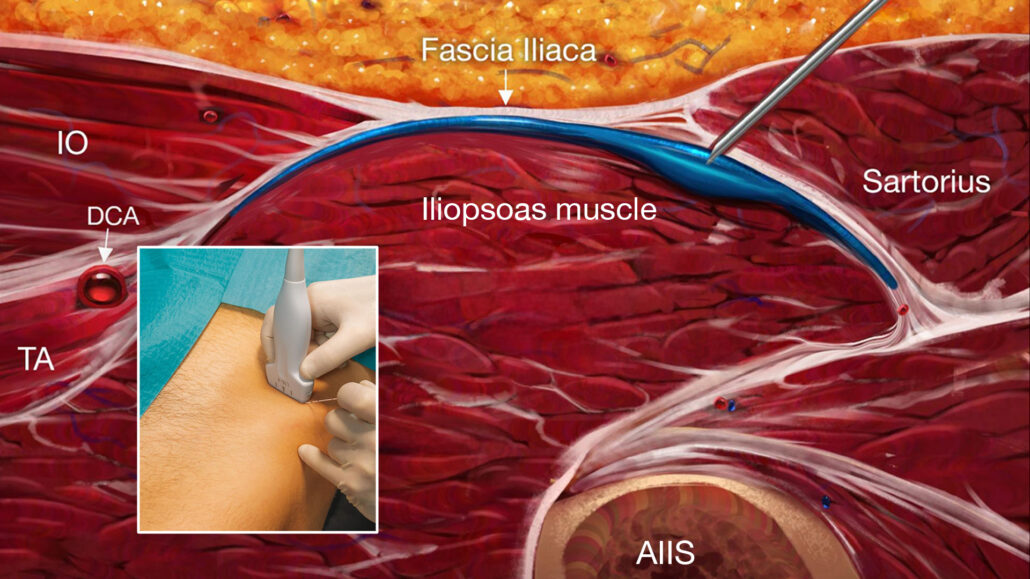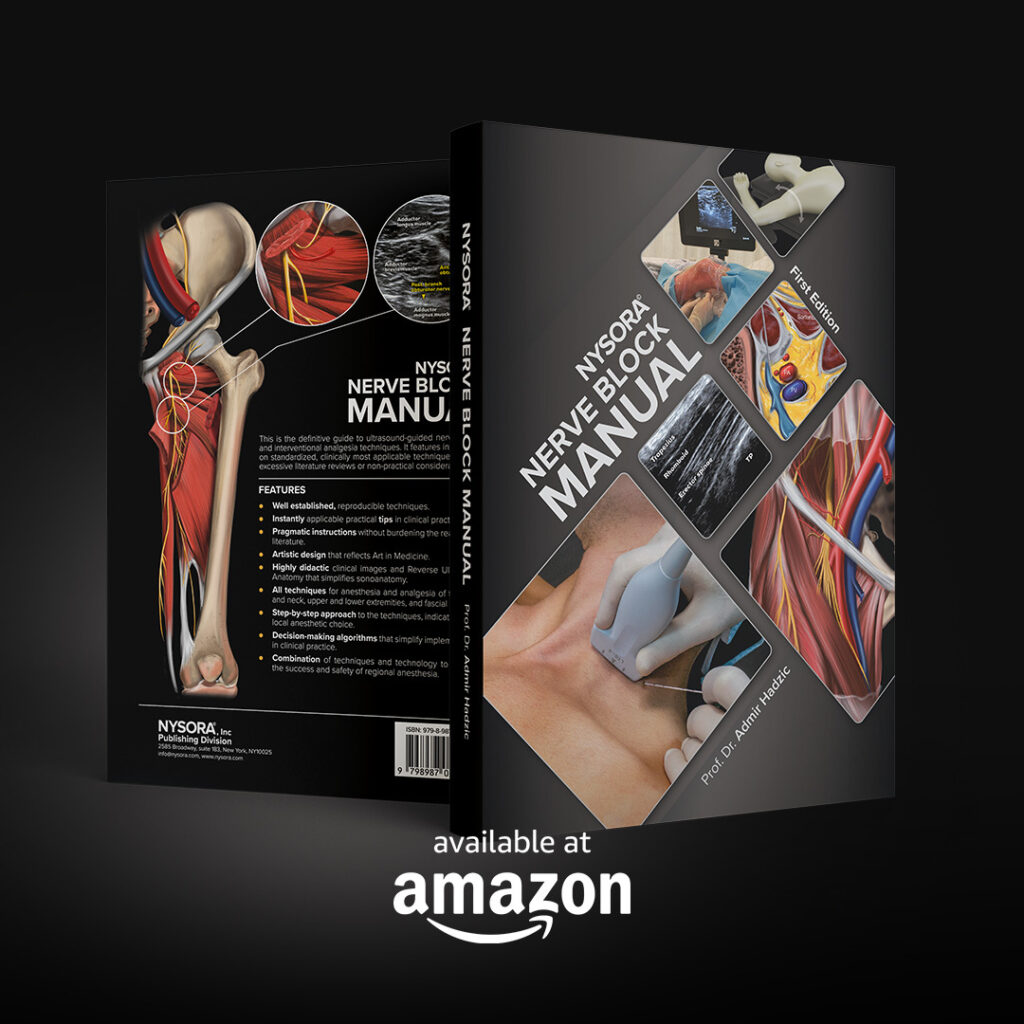
New study evaluates the effectiveness of an ultrasound-guided suprainguinal fascia iliaca block for postoperative pain relief in hip surgery
A recent study investigated the effectiveness of ultrasound-guided suprainguinal fascia iliaca compartment block (US-SIFIB) for managing postoperative pain following total hip arthroplasty (THA). THA is a major surgical procedure commonly performed to relieve arthritis pain or fix severe physical hip joint damage. Effective pain management post-surgery is crucial for patient comfort, reducing opioid use, and facilitating faster recovery. This randomized controlled trial aimed to determine if US-SIFIB could reduce opioid consumption and improve pain management in patients undergoing hip replacement surgery.
Study objective and methods
The study included 134 participants scheduled for elective primary THA under spinal anesthesia. Participants were randomly assigned to receive either the US-SIFIB with ropivacaine 0.5% or a sham block with saline. The primary outcome measured was opioid consumption in the first 24 hours post-surgery. Secondary outcomes included pain scores at various intervals 4, 8, 12, and 16 hours), opioid-related side effects (i.e., nausea, vomiting, pruritus), ability to perform physiotherapy on the first postoperative day, and physiotherapist-assessed quadriceps weakness.
Key findings
- Opioid consumption: The study found no significant difference in 24-hour opioid consumption between the block group and the sham block group. Mean oral morphine equivalent (OME) opioid consumption at 24 hours was 63.4 mg (35.9) in the block group and 67.0 mg (32.4) in the sham block group. The mean difference in OME was -3.2 mg, with a 95% confidence interval of -15.3 to 8.1 mg (p=0.55).

Oral morphine equivalent consumption in 24 h for subjects receiving block or sham block. There were no significant differences between groups. CI, confidence interval.
- Pain scores and side effects: Secondary outcomes, including pain scores and opioid-related side effects such as nausea and vomiting, also showed no significant differences between the two groups.
- Physiotherapy and quadriceps weakness: Both groups demonstrated similar abilities to participate in physiotherapy on the first postoperative day, with no significant differences in quadriceps weakness observed.
Conclusion
The study concluded that in patients undergoing primary total hip arthroplasty, the addition of US-SIFIB with ropivacaine to a multimodal analgesic regimen did not provide a significant opioid-sparing effect compared to the sham block. Additionally, there were no notable differences in secondary outcomes such as pain scores or the ability to perform physiotherapy.
Clinical implications
These findings suggest that while US-SIFIB is a safe procedure, it may not offer additional benefits in reducing opioid consumption or improving early postoperative pain management for patients undergoing hip replacement surgery.
Further research
Further research is needed to explore the role of US-SIFIB in different surgical contexts and its potential benefits for various patient populations.
For more detailed information, refer to the full article in BJA.
Safa B, Trinh H, Lansdown A, et al. Ultrasound-guided suprainguinal fascia iliaca compartment block and early postoperative analgesia after total hip arthroplasty: a randomised controlled trial. Br J Anaesth. 2024;133(1):146-151.
For more detailed insights on the suprainguinal fascia iliaca block, download the Nerve Blocks App HERE. Prefer a physical copy? Get the bestselling NYSORA Nerve Blocks App in book format – an essential guide for mastering nerve blocks!




